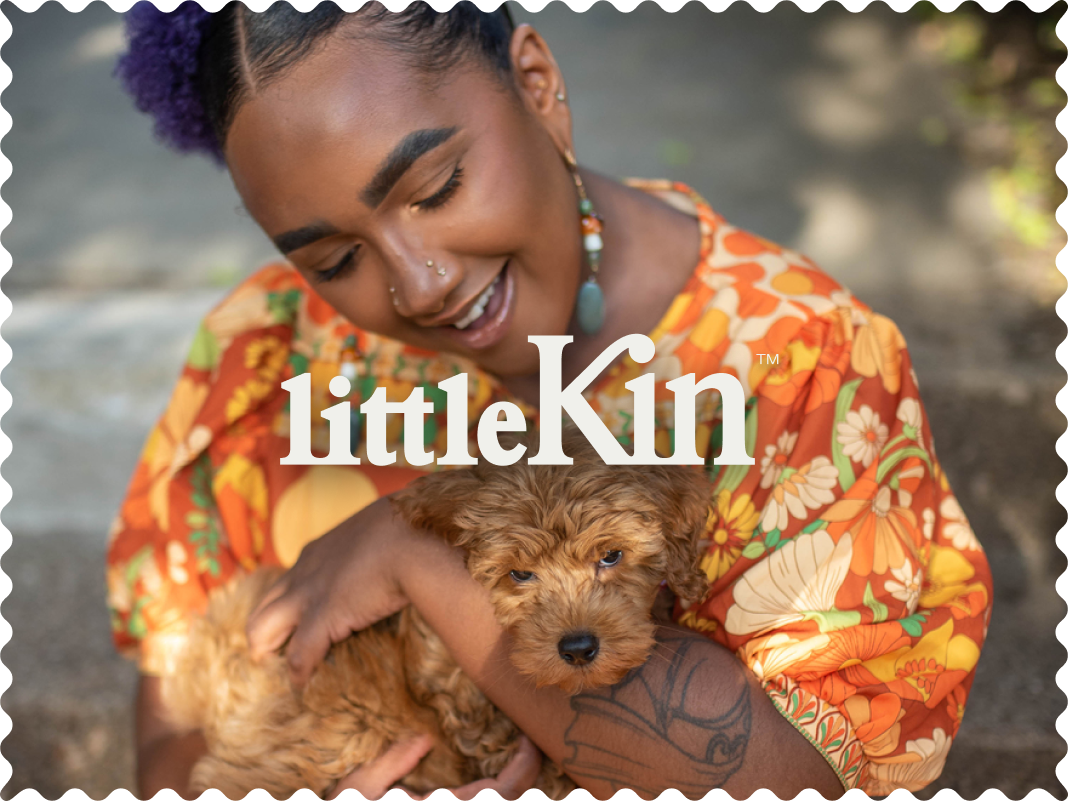Is Your Vape Harming Your Pet?
Vaping around your pet? You could be putting them at risk

Share Article
Smoking indoors – even in personal homes – is a lot less common now than it used to be. However, nicotine use overall has increased among young adultsopens in new tab due to the rise in vaping, and people often vape indoors without a second thought. The smell doesn’t linger on walls, clothes and furniture, and it can be all too easy to puff away on a disposable vape while working from home or watching the TV.
With vapes and e-cigarettes being relatively new, there isn’t as much research on the health effects as there is on products like cigarettes and cigars, but we know that using them is not risk-free. But while we can make the decision to vape as adults, what sort of effects does vaping have on our pets?
We’ve brought the experts in to find out whether vaping around our pets could be harming them, and what steps we can take to keep them safe. You might want to put the Elf Bar down for this one…
What are the health risks of vaping around pets?
There haven’t been any studies that look at the effects of vaping on our pets directly, but we do know that the ingredients of e-liquid, or vape juice, can be harmful to them. The liquid comprises nicotine, propylene glycol, glycerin and flavourings, and when the liquid is heated, it can produce other chemicals that can be toxic to animals.
“The long-term effects on pets aren’t fully understood yet,” says Dr Primrose Mossopens in new tab, “but these compounds are suspected to contribute to respiratory problems and worsen conditions such as asthma and bronchitis, as well as contributing to other health problems.”
Professor Clare Knottenbeltopens in new tab, consultant in oncology and RCVS specialist in small animal medicine, adds, “These ingredients may be inhaled from the vapour that the person using the vape breathes out, especially if your pet sits close to you or in the same room where ventilation is limited.
“We know that in humans, the vapour can cause serious lung damage. We do not yet know if this will happen to our pets if they are exposed over a long period but as many of our pets are allergic to things in the air – pollen, aerosols, etc – it’s important that we think about the consequences of exposing them in this way.”
It’s not only inhalation that we need to be mindful of, however. Pets might chew disposable vapes or vape cartridges if they aren’t kept out of reach, and dogs in particular like to chew things that smell of us, so they may be attracted to the smell of your breath on your vape.
Nicotine is toxic to animalsopens in new tab, and a pet who eats the contents of a vape could develop vomiting and diarrhoea, start panting, salivating excessively, or become agitated. In some extreme cases, pets could have seizures or even die, and symptoms are likely to be worse in smaller animals.
Propylene glycol can be toxicopens in new tab (common ingredient in vaping products) in large quantities, too, so it can have a greater effect on smaller animals. Your pet could potentially develop kidney or liver failure.
If you think your pet has swallowed any part of your vape, seek veterinary attention straight away.
What can pet parents who vape do?
Quitting is one option, of course, but if you don’t want to, the most important thing is to keep your vape and liquid out of your pet’s reach. Professor Knottenbelt advises going outdoors to vape and making sure all windows and doors are closed. “We know that smoking outside reduces the amount of exposure to tobacco smoke, and it is therefore likely to be similar with vaping,” she says. “Only vaping outside will help, but it’s important that you avoid vaping at a window or doorway where the vapour will blow back into the room.”
“If you cannot go outdoors, allocate a room in which you vape and try to keep your pet out of that room,” she adds. Residue from vapes can fall to the ground, contaminating the furnishings in your home, and as our pets are closer to the ground than we are, they’re at more risk of exposure from the residue.
This exposure is known as third-hand vapingopens in new tab, and, says Knottenbelt, “Because the chemicals have been changed, they can be even more toxic than smoke or vapour itself.”
Keep your vapes out of reach, too, and get rid of any used disposable vapes, batteries and containers safely. Don’t leave used vapes in bins where dogs might be able to rummage through, either.
Bear in mind, too, that any guests who vape might not consider the effect on your pets, particularly if they don’t have any pets themselves or if you change your rules around vaping indoors. So, you might need to prepare yourself to ask them to vape outdoors and ensure they keep their devices away from your pets.
Is vaping any better than smoking around pets?
“The evidence we have so far suggests that vaping is slightly safer than tobacco smoking, but both present risks to the smoker and those around them, including their pets,” says Knottenbelt.
She explains that smoking tobacco around pets will increase the amount of nicotine in their bodies and expose them to cancer-causing chemicals, while nicotine itself can both make cancer grow fasteropens in new tab and make cancer more resistant.
“Whilst vape liquid is thought to contain fewer small particles, we do not yet know if vaping around your pet is safe. As our pets are very similar to us, it seems likely that there is a risk associated with vaping close to them or if they accidentally eat the liquid.”
So, from what we know already, it seems the case that – while vaping around pets is almost definitely preferable to smoking around them – it’s still not something we should be doing.
It’s not too late to change your vaping habits, either. As Dr Moss says, “Even if your pet has previously been exposed, it’s likely that minimising their future exposure will help them to recover and reduce their risk of vaping-related health issues.”
Stopping completely is the best option for your pet’s health. But if you do keep vaping, try to vape outside with doors and windows closed, away from your pets. If not, keep vaping to a room your pets don’t have access to – they’ll thank you for it.
Resources
Haussmann, Hans-Juergen, and Marc W. Fariss. “Comprehensive Review of Epidemiological and Animal Studies on the Potential Carcinogenic Effects of Nicotine per Se.opens in new tab” Critical Reviews in Toxicology, vol. 46, no. 8, June 2016, pp. 701–34.
Sanner, Tore, and Tom K. Grimsrud. “Nicotine: Carcinogenicity and Effects on Response to Cancer Treatment – a Review.opens in new tab” Frontiers in Oncology, vol. 5, no. 196, Aug. 2015.
Thorpe, Andrew E., et al. “Third-Hand Exposure to E-Cigarette Vapour Induces Pulmonary Effects in Mice.opens in new tab” Toxics, vol. 11, no. 9, Sept. 2023, p. 749.
“Toxicological Profile for Propylene Glycol.opens in new tab” Atlanta (GA): Agency for Toxic Substances and Disease Registry (US), 2 Sept. 1997.
UCL. “Nicotine Use Rises among Young Adults in England but Cigarette Smoking Continues to Decline.opens in new tab” UCL News, 24 May 2024.

Adam England
Adam England is a lifestyle and culture journalist who has written for publications including PetsRadar, Verywell Mind, People and Healthline. When he’s not writing, he might be visiting his parents’ Golden Retriever, looking up cats for adoption, or getting into arguments over music.
Related articles
![Man with glasses on the phone with dog on his lap]()
What to Do When Your Dog Eats Something Toxic
So Fido has been in your chocolate stash... here’s what to do
![Young Woman Working From Home with Her Dog]()
10 Non-Toxic and Dog-Safe Houseplants
Brb... running out to buy air plants and succulents
![an illustration of a cat inside a snowglobe]()
What Happens When the Love of Your Life Is Allergic to the Other Love of Your Life?
You don’t have to choose between your SO and your dog or cat – but here’s what may need to happen
![An orange cat coughing on a bed.]()
How to Help an Asthmatic Cat Breathe Easy
Everything you need to know about feline asthma, from someone who’s been there




